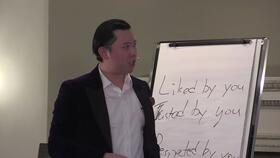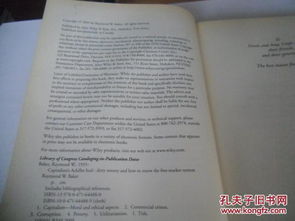Understanding the Concept

Have you ever wondered how dirty money is made? The term “dirty money” refers to funds that have been acquired through illegal or unethical means. This could include money laundering, fraud, corruption, or any other form of illegal activity. In this article, we will delve into the various methods and dimensions of how dirty money is made, providing you with a comprehensive understanding of this complex issue.
Money Laundering

One of the most common ways dirty money is made is through money laundering. This process involves a series of transactions designed to hide the true origin of the funds. Here’s how it typically works:
| Step | Description |
|---|---|
| Placement | Illegal funds are deposited into a financial institution to create a paper trail. |
| Layering | Complex transactions are conducted to obscure the source of the funds. |
| Integration | The funds are reintroduced into the legitimate economy, appearing clean. |
Money laundering can be done through various means, such as using cash to purchase high-value assets, transferring funds through multiple accounts, or even using cryptocurrencies to avoid detection.
Fraud

Fraud is another common method of making dirty money. This involves deceiving individuals or organizations to obtain funds under false pretenses. Here are some examples of fraudulent activities:
- Identity theft: Stealing someone’s personal information to open bank accounts or obtain credit cards.
- Phishing: Sending fraudulent emails or messages to trick individuals into providing sensitive information.
- Insurance fraud: Submitting false claims or exaggerating damages to insurance companies.
Fraudulent activities can be carried out by individuals, organized crime groups, or even corporations looking to enrich themselves at the expense of others.
Corruption
Corruption is a significant source of dirty money, particularly in developing countries. It involves the misuse of public office for personal gain. Here are some examples of corrupt practices:
- Bribery: Offering or accepting money or other valuable items to influence the actions of an official.
- Embezzlement: Misappropriating funds for personal use.
Corruption can occur in various sectors, including government, healthcare, education, and the private sector.
Illicit Trade
Illicit trade, such as drug trafficking, human trafficking, and arms dealing, is another significant source of dirty money. These activities involve the illegal sale of goods or services, often with the aim of generating substantial profits. Here’s how it works:
- Drug trafficking: Smuggling illegal drugs across borders for sale.
- Human trafficking: Forcing individuals to work against their will, often in the sex industry or as domestic workers.
- Arms dealing: Selling weapons and ammunition to unauthorized entities.
Illicit trade is often carried out by organized crime groups, who use the proceeds to fund further illegal activities.
Conclusion
Understanding how dirty money is made is crucial in combating financial crime and promoting transparency. By recognizing the various methods and dimensions of dirty money, we can work towards a more just and ethical society. Remember, the fight against dirty money is an ongoing process that requires the cooperation of governments, financial institutions, and individuals alike.



